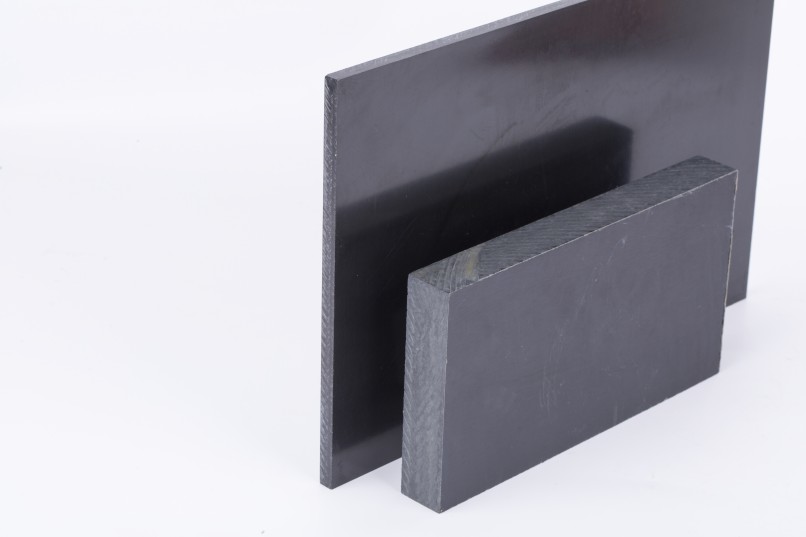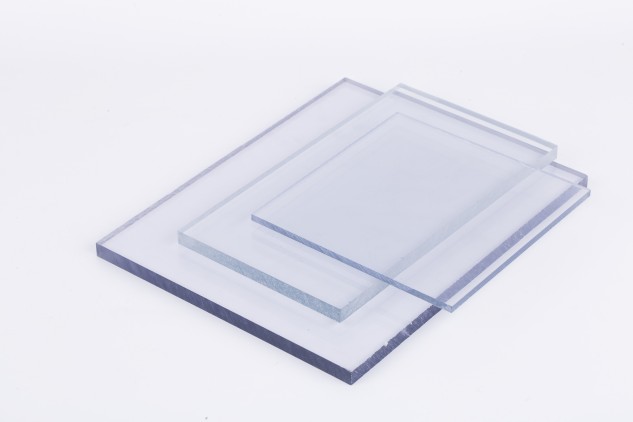Whether you're a business owner or a homeowner, you know how crucial it is to have a steady power supply to keep your daily activities running smoothly. In today’s world, most devices and systems—whether at home or in the office—rely on electricity. A sudden power cut can bring everything to a halt, disrupting work, comfort, and even safety. That’s why having a reliable backup power solution is essential, no matter the size of your space. An inverter is often the best choice for such situations, but not all inverters are created equal. To make sure you choose the right one, there are several important factors you should consider before making a decision.
**Choosing the Right Power Backup Solution**
1. **Determine Your Power Needs**
Before anything else, you need to understand exactly how much power you require during an outage. Every household and business has different energy consumption patterns, so it's important to assess your needs accurately. A certified electrician can help you calculate your total power requirement by evaluating all your appliances and equipment. This will give you a clear picture of what kind of inverter you need, ensuring you don't under or overestimate your requirements.
2. **Consider Runtime**
The length of time your inverter can provide power is a key factor. You never know how long a power outage might last, so it's wise to go for a system that offers extended runtime. Look for an inverter that delivers stable, clean power without voltage fluctuations and charges quickly when the main supply returns. Opting for a model with advanced technology and high-capacity batteries ensures better performance and reliability.
3. **Evaluate the Cost**
While investing in a power backup system is important, it should also be cost-effective. Avoid models that significantly increase your electricity bill or are too expensive to maintain. Instead, look for a balance between affordability and quality. A good inverter should be easy to install and maintain, helping you save money in the long run. Don’t compromise on reliability just to save a few dollars upfront.
4. **Explore Solar Power Options**
If you haven’t considered solar-powered backup systems, now is the time to think about them. Solar inverters store energy from the sun in batteries, providing a clean and sustainable power source during outages. These systems have become more affordable in recent years, and many governments offer incentives for installation. Plus, they’re environmentally friendly and ideal for both residential and commercial use, from homes to hospitals and shopping centers.
In addition to these factors, always check the reliability, safety, and user reviews of any backup solution. Make sure it’s compatible with sensitive electronics like computers, printers, and medical devices. Finally, consult with a trusted power backup provider to find the best option tailored to your specific needs. With the right setup, you can stay powered through any disruption, keeping your life or business running smoothly.
ESD Antistatic Materials
ESD material:
Anti-static materials are generally referred to as any material which inhibits triboelectric charging. This kind of charging is the buildup of an electric charge by the rubbing or contact with another material.

HONY Plastic the anti-static materials
1. Anti-static plexiglass board (anti-static acrylic board);
2. Anti-static PVC board (anti-static PVC board);
3. Anti-static PC board (anti-static polycarbonate board);
4. Anti-static PET board (polyethylene terephthalate);
5. Anti-static nylon board (MC501CDR6)
6. Anti-static PEEK board
7. Anti-static POM board
8. Anti-static PA board
9. Anti-static ABS board

Basic characteristics of anti-static materials
1. The surface resistance is from the 6th power of 10 to the 8th power of 10Ω, with excellent anti-static function.
2. Excellent surface hardness and resistance to chemical solvent erosion.
3. The anti-static function is not easily affected by humidity and temperature.
4. Beautiful appearance, very flat and smooth, and high light transmittance.
5. High mechanical strength and excellent processing performance.

Esd Antistatic Pom,Esd Antistatic Bakelite,Esd Antistatic Pa6,Esd Antistatic Epoxy Fiber Glass
Hony Engineering Plastics Limited , https://www.honyplastic.com


